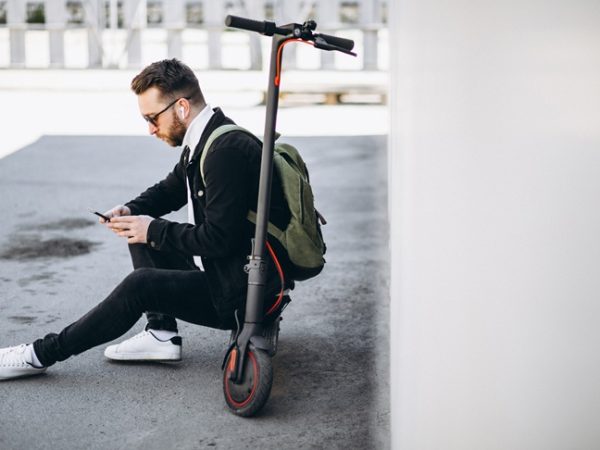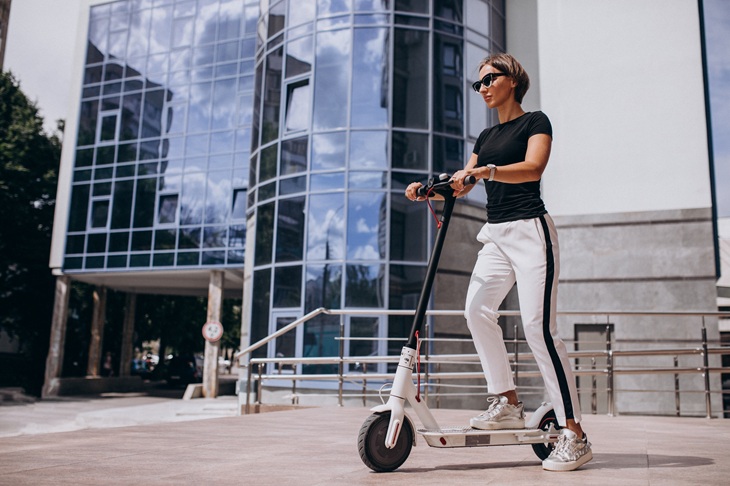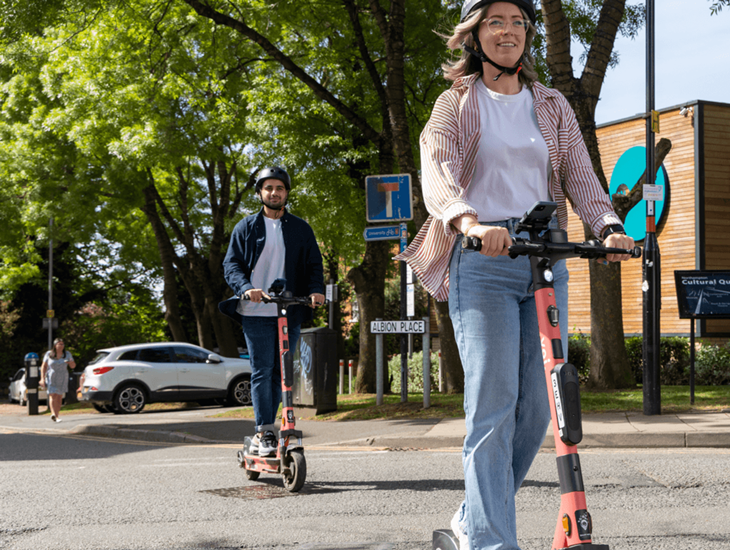14
Oct

Scooters are making a comeback. From their early beginnings in the 19th century as makeshift wooden decks fitted with wheels and handlebars, to the scooter craze in the early 2000s, kick and electric scooters are vying for your hard-earned cash when getting you to your destination.
Technology and advances in material science have certainly helped this revival, but it’s the fun factor and the benefits of good old exercise that are the main selling points. Throw in savings and fewer visits to the servo, and the fact that you’re doing your part in saving the environment, and you can see what all the hype is about.
Contrary to established belief, scooters aren’t just for kids. Yes, adults of any size will find it hard to fit on micro scooters. But there’s been an explosion in scooter types and designs to cater to all walks of life and kids of all ages. For anyone needing a reliable way to get to school or work, then, a simple yet durable commuter scooter makes trips a pleasure while keeping waistlines in check.

Getting a scooter that meets your needs depends on your expectations and how and where you intend to use it. Apart from heavier and more costly electric scooters that rob you of your daily exercising goals, scooters can be broadly categorised into three main types – regular kick scooters, pro scooters and commuter scooters.
Regular types are just that – they’re designed for casual use and recreational fun, either on smoother pavement or in skateparks with little in the way of obstacles. While not the last word in durability or outright maneuverability, they will still get you grinning.
Pro scooters are beefed-up versions with heavy-duty designs, lighter materials and the chops to get you doing stunts and tricks. Most are reserved for the skatepark, but street versions go with wider decks, bigger wheels and fixed-height handlebars for improved high-speed control.
Then come commuter types. These are designed to balance comfort and performance over longer distances, without breaking the bank. They’re a practical, affordable and efficient mode of getting from point A to point B.
Differences in design and build also mean differences in purpose. Commuter scooters are meant to get you to school, work, uni, the mall, or any intended destination with as little fuss as possible. It’s their simplicity that sells, and the fact that riders can skip hours waiting in traffic, looking for parking or walking longer distances to train and bus stations. They’re adept in a variety of riding environments and surfaces – including smoother pavement and tarmac, to rougher paths and grass and dirt patches than regular scooters. And they’re fine for daily cruising. Just don’t expect pro-scooter levels of speed or control.
This rounds out the intended user. A commuter scooter is targeted at kids, teens, adults (and the elderly). Recommended ages are 8 and up, with most scooters built to suit adults of average height and weight. This means somewhat taller handlebars and more deck realty for comfier, long-distance rides.

The build and individual parts in a commuter scooter depend on how and where you ride, as well as who the scooter is for. Since the scooters are geared towards reliable, fast and comfortable transportation, consider the following features:
When selecting your next kick scooter for the daily commute, consider the distance you’ll be covering, the road surfaces the scooter needs to contend with, overall comfort and safety with the right features and sturdy builds that last. Choose a scooter that’s right for your height, has ample deck space, includes bars for a relaxed riding posture and rides on wheels that suit speeds you’re comfortable with. And, once you’re done choosing, look to additional riding gear, including shoes, helmets and clothing.